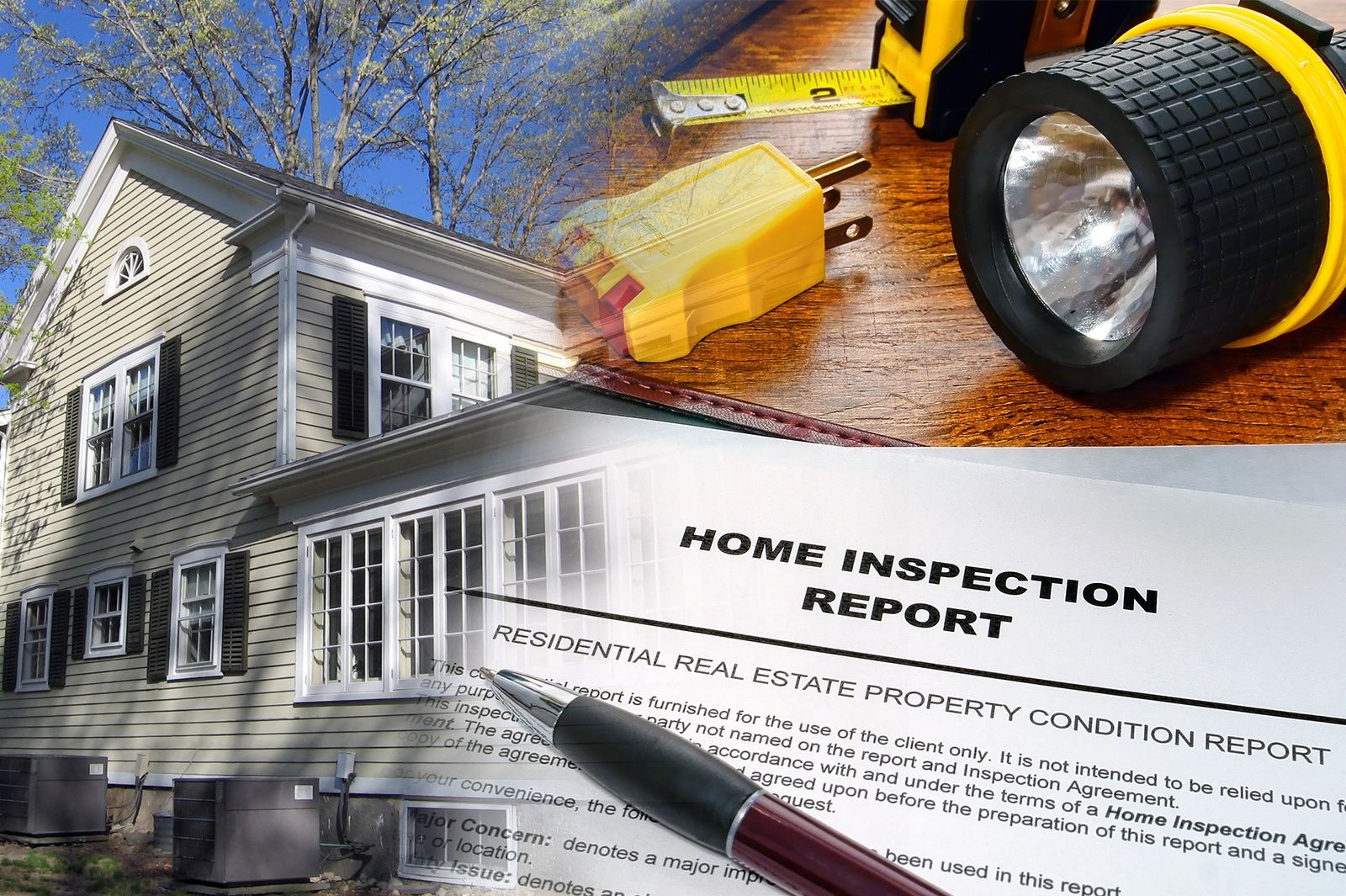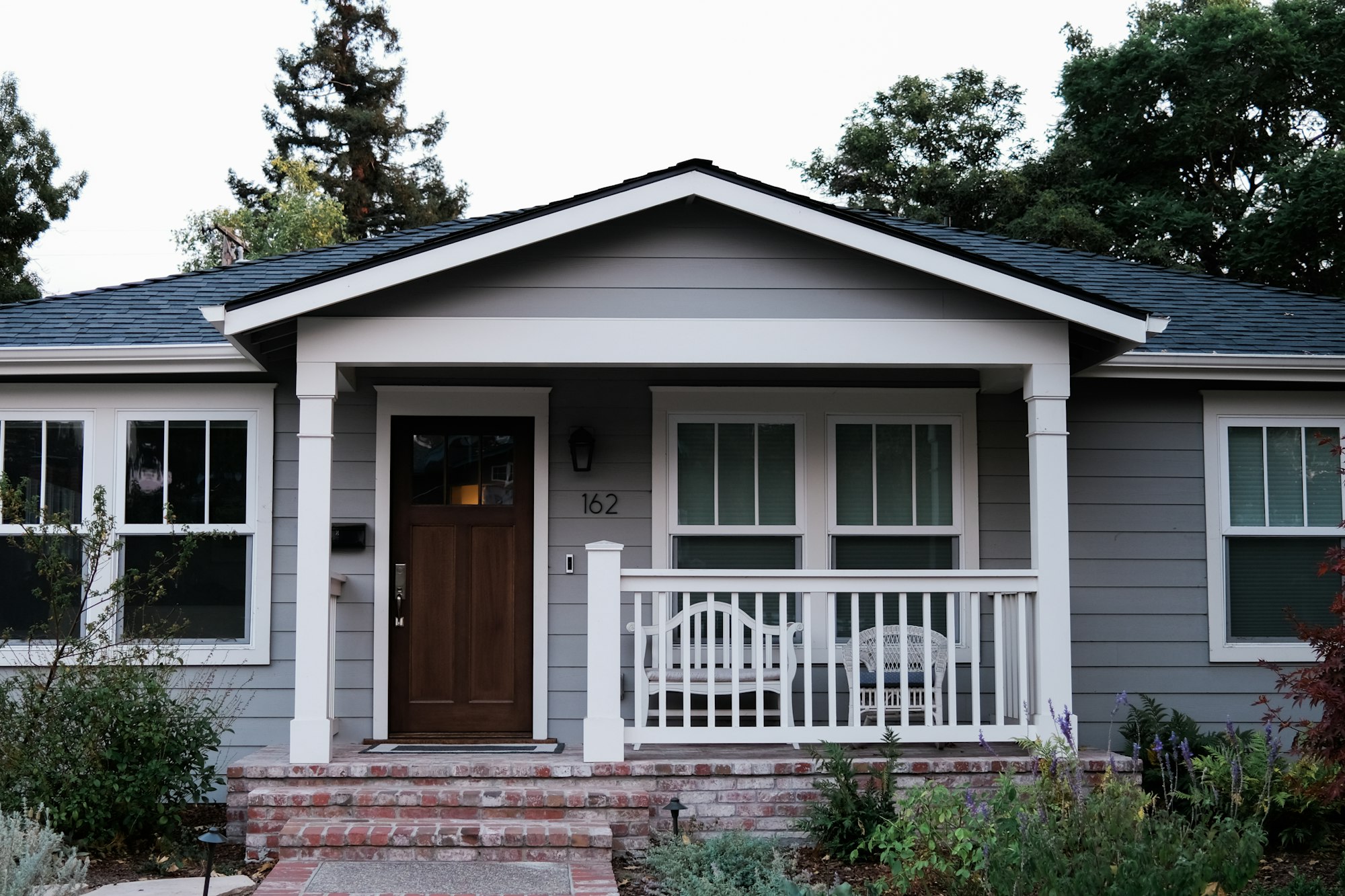
The Home Closing Process in 9 Easy Steps
After the buyer and seller have come to an initial agreement on the listing’s transaction terms, the home closing process is the final step to lock in the deal. Typically, it takes an average of 43 days to close on a home [https://myhome.freddiemac.com/blog/homeownership/20190521_shbs_closing_day.page] since there are many steps involved in the closing process. To help you prepare for closing, here is an outline of the home closing process in nine simple steps. #1. Enter into Escrow to Initi
After the buyer and seller have come to an initial agreement on the listing’s transaction terms, the home closing process is the final step to lock in the deal.
Typically, it takes an average of 43 days to close on a home since there are many steps involved in the closing process. To help you prepare for closing, here is an outline of the home closing process in nine simple steps.
#1. Enter into Escrow to Initiate the Home Closing Process
Opening up an escrow account will be the first step to begin the home closing process.
Escrow accounts are overseen by a neutral third party to prevent any tampering from taking place during closing. All of the funds and documents associated with the deal will be held in escrow until the final transaction terms have been established.
The escrow process ensures that the transaction is secure and neither party is being cheated. Once the transaction has been negotiated, the funds and documents will be transferred to the buyer and seller.
If something occurs that cancels the transaction, each party will receive their agreed-upon dues from the escrow account.
#2. Secure the Title and Title Insurance
Performing a title search and obtaining title insurance will ensure that no active claims are made on the property that is being sold. This will alert both parties if any important title defects impact the home, such as liens or encumbrances that may cause loss.
This process will help buyers and sellers navigate through closing in confidence.
#3. Closing Cost Negotiations

Closing costs on a real estate transaction include:
- Agent fees
- Lender fees
- Application fees
- Escrow deposit
- Closing fee
- Inspection costs
- Appraisal costs
- Transfer tax
These are the fees due at closing that must be paid for the deal to finalize.
Closing costs usually amount to 5% to 10% of the total purchasing price. Negotiating which party pays for what closing costs are a key point of the transaction’s negotiations. In most cases, buyers pay between 2% and 5% of the closing costs while the seller pays the majority.
Closing costs vary by state. 2021 data from ClosingCorp reports on the average closing costs per state. The research lists The District of Columbia as the state with the highest average closing costs at $29,329, and Missouri with the lowest average closing costs at $1,571.
#4. Conduct the Official Home Inspection
Home inspections are essential to ensure that there are no hidden issues present on the property.
An official inspector will visit the property and analyze its full interiors, exteriors, and major systems. Inspectors will also look at records of the home’s history. The home inspection report will determine if there are any hidden risks or problems with the home that may influence the deal.
#5. Conduct Additional Inspections When Necessary

Buyers have the option of conducting additional inspections that may search for issues not specified in the initial inspection. Or, if issues are found on the property, additional inspections can provide more information and context.
Additional inspections include pest inspections, radon testing, mold inspection, or foundation inspection
#6. Renegotiate the Terms of Sale
Once the inspection reports and appraisals are complete, buyers and sellers can negotiate the terms of the sale according to the new information provided by the home closing process.
Negotiations may be made to adjust the purchasing price and terms of the transaction. Both parties need to secure the updated negotiation agreements in writing to avoid miscommunications down the line.
If issues with the home are extreme and either party wishes to back out of the deal according to their contract terms, it’s possible to do so by following the process outlined within the initial offer agreement.
#7. Attend the Final Walk-Through
The final walkthrough gives buyers the chance to quickly examine the home a final time before signing the closing documents. Buyers can verify that any agreed-upon terms have been met by the seller, such as a specific repair or renovation.
Keep in mind this is not the time to request any more work other than what has already been established during the previous negotiations.
#8. Review the Transaction Documents
Reviewing the transaction documents will ensure that all of the transaction terms are accurate as per the agreements made between the buyer and seller. Both parties should closely review the documents with their representative agent and legal team before officiating the transaction.
#9. Attend the Closing Meeting
Finally, both parties will attend the closing meeting to sign the final contracts, transfer the title, and pay the closing costs. After this, the transaction is complete after a successful home closing process.
To learn more about buying or selling a home, click here.





